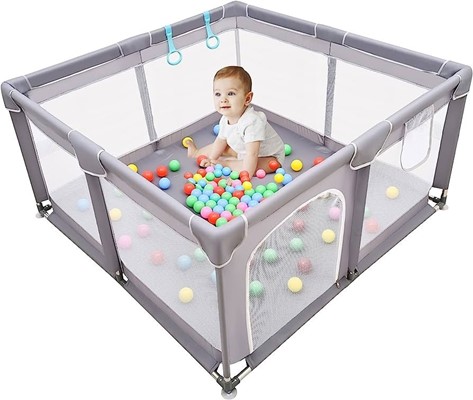The mother of an 8-year-old boy tells the practical nurse (PN) that he fell out of a tree and hurt his arm and shoulder. Which assessment finding should the PN note as the most significant indicator of possible child abuse?
The mother refuses to answer questions about family history.
The child has several abrasions on the chest and legs.
The child looks at the floor when answering the nurse's questions.
The mother's version of the injury is different from the child's version.
The Correct Answer is D
In cases of suspected child abuse, inconsistencies or discrepancies between the child's account of the injury and the caregiver's version are concerning. It raises questions about the credibility of the explanation provided by the caregiver and suggests a possible attempt to conceal the true cause of the injury. Such discrepancies may indicate that the injury was intentionally inflicted or that the child is being coerced or influenced to provide a false account.
While the other assessment findings may raise some level of concern, they are not as significant as the discrepancy between the child's and mother's versions of the injury:
A. "The mother refuses to answer questions about family history." While this behavior may raise some suspicion or cause for further investigation, it alone does not conclusively indicate child abuse. It may be related to other factors such as privacy concerns or cultural differences.
B. "The child has several abrasions on the chest and legs." While the presence of abrasions can be concerning, they alone do not provide sufficient evidence of child abuse. Children are prone to injuries and can obtain abrasions during normal play and activities.
C. "The child looks at the floor when answering the nurse's questions." This behavior may suggest shyness, anxiety, or discomfort, but it is not a definitive indicator of child abuse. Some children may exhibit such behaviors due to their personality or other factors unrelated to abuse. It is important to consider the child's overall behavior and communication patterns in conjunction with other assessment findings.
Nursing Test Bank
Naxlex Comprehensive Predictor Exams
Related Questions
Correct Answer is D
Explanation
- A playpen is a portable enclosure that provides a confined space for a child to play in. It can be useful for keeping a child safe and supervised when the caregiver is busy or needs a break, but it should not be used as a substitute for active play or interaction with the caregiver or others.
- A 2-year-old child is in the developmental stage of toddlerhood, which is characterized by rapid physical, cognitive, social, and emotional growth. Toddlers are curious and eager to learn about the world around them, and they need opportunities to explore, experiment, and manipulate objects and materials. They also need stimulation, guidance, and feedback from their caregivers and peers to develop their language, problem-solving, and social skills.
- Keeping a 2-year-old child in a playpen for long periods of time or to prevent them from getting dirty can have negative effects on their development and well-being. It can limit their physical activity, creativity, and independence, and it can cause boredom, frustration, or resentment . It can also interfere with their attachment and bonding with their caregiver, as well as their self-esteem and self-image.
- Therefore, the practical nurse (PN) should use the statement "Children need time to actively explore their environment" in responding to this concern about using a playpen. This statement reflects the developmental needs and rights of the child, and it encourages the caregiver to provide a more stimulating and supportive environment for the child. It also implies that getting dirty is not a problem, but rather a natural and healthy part of play and learning.
- Therefore, option D is the correct answer, while options A, B, and C are incorrect. Option A is incorrect because it is judgmental and may offend or discourage the caregiver.

Correct Answer is A
Explanation
The client's statements suggest significant distress, feelings of being a burden, and a sense of hopelessness related to their obsessive-compulsive disorder (OCD). Given the severity of these statements, it is crucial for the PN to assess the client's risk of suicide or self-harm. Asking directly about suicidal thoughts or considering suicide as an option allows the PN to evaluate the immediate safety of the client and take appropriate actions to ensure their well-being.
While the other options may also provide relevant information, they are not as critical as assessing the client's risk of suicide.
B. Questioning about which rituals are most often used to reduce anxiety can help gather information about the client's specific OCD symptoms and coping mechanisms.
C. Determining what makes the client think people are laughing can provide insight into their perception of how others view them, but it may not address the immediate risk of harm.
D. Asking about the impact of obsessions and compulsions on sleep can help assess the client's overall functioning, but it does not address the immediate risk of suicide.
Whether you are a student looking to ace your exams or a practicing nurse seeking to enhance your expertise , our nursing education contents will empower you with the confidence and competence to make a difference in the lives of patients and become a respected leader in the healthcare field.
Visit Naxlex, invest in your future and unlock endless possibilities with our unparalleled nursing education contents today
Report Wrong Answer on the Current Question
Do you disagree with the answer? If yes, what is your expected answer? Explain.
Kindly be descriptive with the issue you are facing.
